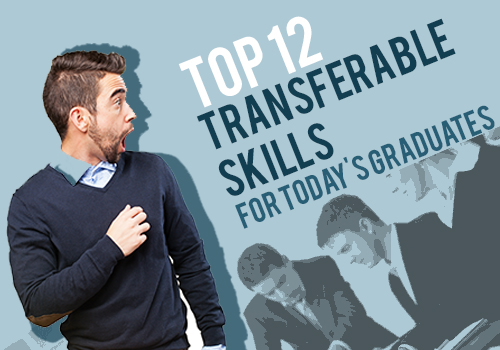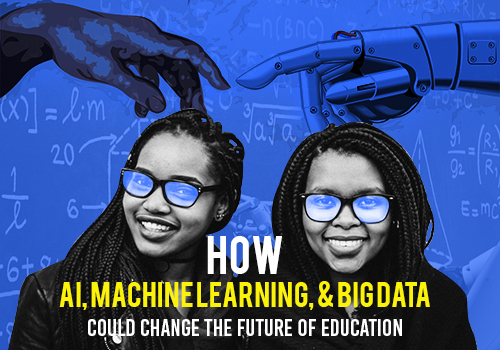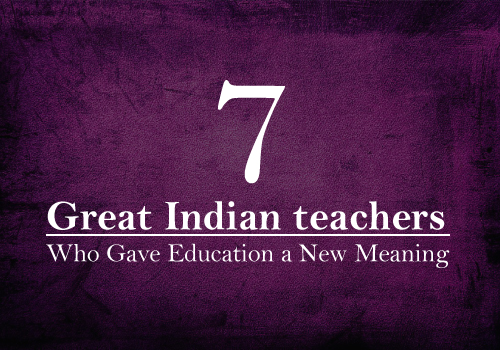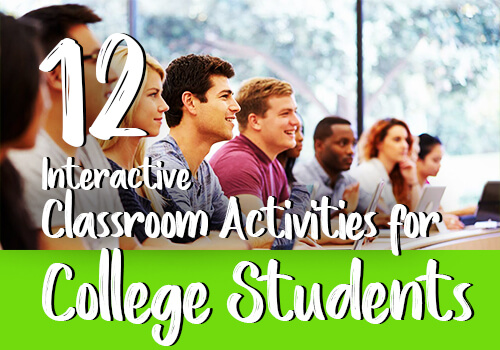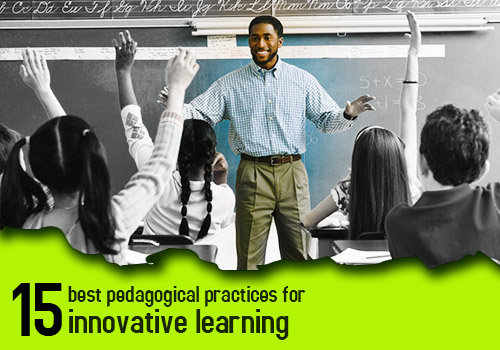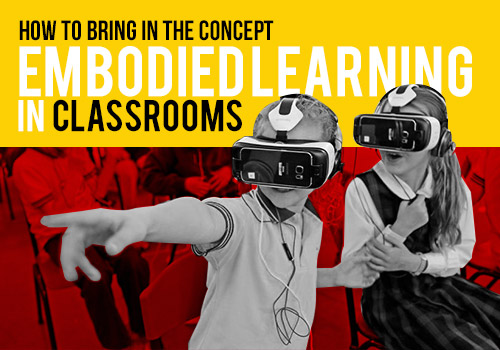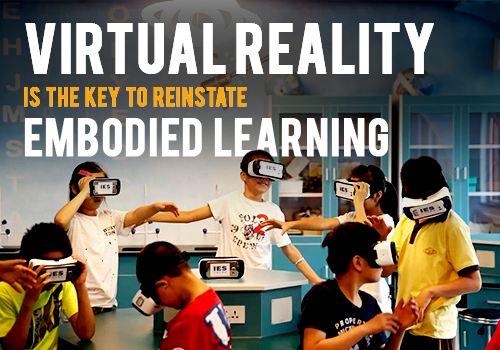The path to college graduation is a rough terrain when students either drop out of college after their first year or take longer time to complete their bachelor’s degree.
Both these instances are seen as major obstacles for the success of undergraduate education.
In an attempt to help colleges and universities improve their quality of education to undergraduate students, the below tips come handy.
- Do Away With Traditional Practices
A recent trend concerning undergraduate students revolves around the drastic shift in their scholastic profiles.
Now, a number of students choose to tread the path of part-time education.
You will be surprised to notice a student who is 24 years or more is still pursuing his undergraduate education, alongside taking care of his dependents.
He/she would be working full-time while learning part-time.
Hence, educational institutions offering undergraduate courses should do away with traditional teaching practices so as to make room for all the above categories of students.
Instead of focusing on day colleges, it is the need of the hour to establish evening colleges for such students who do not wish to stay on the campus.
- Financial Assistance – A Strong Attraction to Undergrads
Most of the undergrads come from low-income families. In addition to braving financial burdens, these students who do not receive superior K-12 education would not be in a position to step into an undergraduate college.
Such students evidently lack study skills that will help them to secure admission in a college or university offering undergraduate courses.
In an attempt to encourage financially weak students, institutions can step in to either come up with financial aids like free or subsidized lunch programs for students.
Research indicates a better literacy score amongst all such colleges that availed financial incentives.
- Moving Away from the ‘One-Size Fits All’ Teaching Models
Higher education was always characterized by a lecture-based model.
Now is the age of personalized learning which employs an adaptive system.
It is through this technology-based analytical system that educators can keep a close watch on student data.
Making technology a potent tool of imparting knowledge to students has its own benefits.
Through analytics, you can assess the competencies of students to come up with tailor-made curriculum for students that are in sync with their learning needs.
While focusing on the innate competencies of students, the faculty should expose their undergrads to different learning methods.
This is the basic tenet of high-impact learning that should become a part of every undergraduate curriculum.
- The Promise of Blended Learning
It is time for undergraduate colleges and universities to come up with blended learning mechanisms.
This novel educational tool blends the concepts of a classroom in which a lecturer makes use of digital tools to deliver educational content to students.
It is through blended learning that teachers can cut-short their classroom hours by 50%, alongside ensuring high-quality delivery of scholastic content.
This concept of technology-based teaching can also make room for flipped classrooms, encouraging more and more students to register for undergrad courses.
- The Impending Need for Competency-Based Education
You have already learnt that undergraduate courses are pursued by nontraditional students who come from different socio-economic families.
Along with offering part-time learning opportunities, if colleges and universities come up with competency-based educational strategies, it would be a welcome step for undergrads aiming to improve their knowledge about their electives.
It is through competency-based degrees that you as an undergraduate will have the luxury of extending or shortening the time by which you can complete your degree.
Such degrees can offer the much-needed fillip to working professionals who are aiming to complete their education by following the “earn while you learn” maxim.
- Havinga Watchful Eye on Students Who Are Lagging Behind
It is better to be informed than to be sorry. It pays for educational institutions to be watchful of students who can fall behind in their academics.
Some of the universities employ what is called as ‘predictive modeling’ to help them identify students who will demonstrate a higher possibility of dropping out of college.
The reasons can be many such as financial limitations and demographic considerations.
Using these data points including eyeing those students who have consistent poor attendance record, institutions can take preventive measures involving students who can go off-track.
Low grades of students are another red flag that deserves attention from educationalists.
Universities which work hard to identify students who are finding it hard to complete the first semester of the course will help them in more ways than one.
Such students can be brought under the tutelage of inspiring faculty who can guarantee high-quality tutoring services to the needy and the disinterested.
Thus the use of timely tutoring techniques can play a significant role in shaping the lives of undergrads, permitting them to better focus on their academics.
- The Implementation of Structured Learning Pathways
There should a method even to madness.
This belief is so apt for education which makes it imperative for educationalists to implement structured learning pathways to students.
An academic plan in place is bound to introduce a great deal of orderliness which will manifest in the form of more students who will stick to their study plan.
Educationalists can handhold students to reap the benefits of structured pathways shaping up in the form of newer study requirements, continuous tracking of progress and addressing the contingencies of scheduling changes.
- Preparation is the Key
As a high school student just about to step into an ungraduated college, you need to be confident about your skills.
Confidence comes with preparation and given the fact that most of the high school students enter college without any preparation.
Students will need to strive hard and prepare themselves for the challenges that college life throws at you.
Preparation will help you pick the course that will be in sync with a student’s career plans and the financial support options you can avail.
- Endearing Support Coming from University-College Alliances
Synergistic benefits will emerge if colleges and universities team up with their peer institutions.
All for the sake of exchanging notes about what sort of initiatives help students complete their bachelor’s degree, such alliances will work wonders for students coming from different socio-cultural backgrounds.
Lessons can be learnt from the inputs shared by these alliances in unearthing the strengths of students.
Then the individual institutions can tweak the data points to suit their requirements emerging out of tailor-made academic plans and strategies.
- The Benefits of Metrics and Their Careful Evaluation
Information is strength.
However, it is only when raw data is processed and evaluated that it becomes information for everyone to work on.
Some universities went ahead and offered financial incentives to students who have dropped out of college as they could not pay the semester fees.
Although these students registered good grades, tight household burdens came in the way of their academics.
After this initiative to retain students, these universities closely watched the numbers.
Positive results paved the way for a steep increase in the grants which were offered to a larger group of college drop-outs.
This experiment brings to the fore the importance of collating and analyzing past data of the students in encouraging them to continue their undergraduate education.
Key Takeaways
High school students on the brink of stepping into undergraduate colleges will have to battle a number of challenges.
Predominantly caused by factors which are beyond their control, educationalists can step in to make this transition smoother and effective.
All the above tips can help undergraduate colleges and universities to not only improve the quality of education but also to encourage students to complete their bachelor’s degree without dropping out in any of the semesters.


